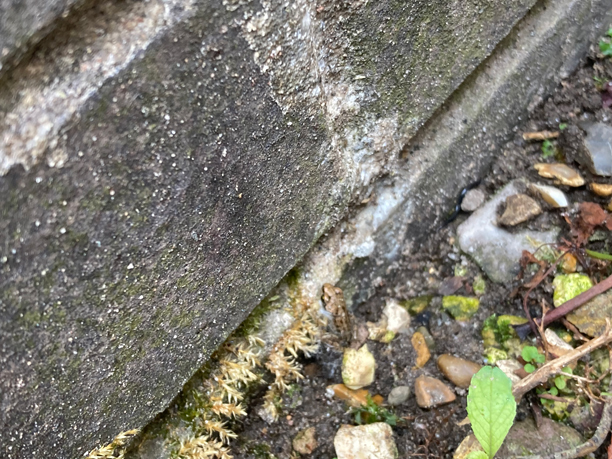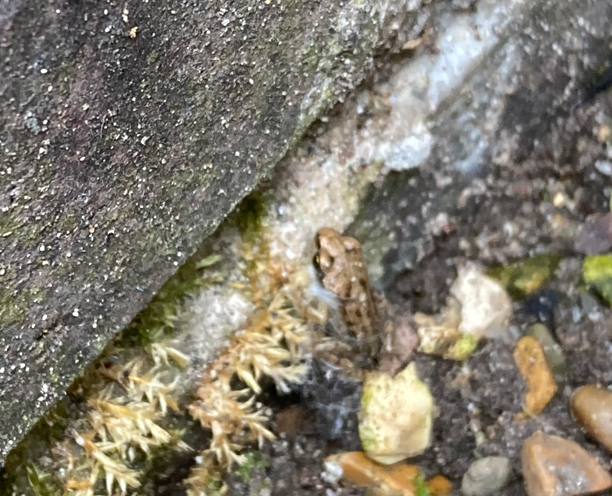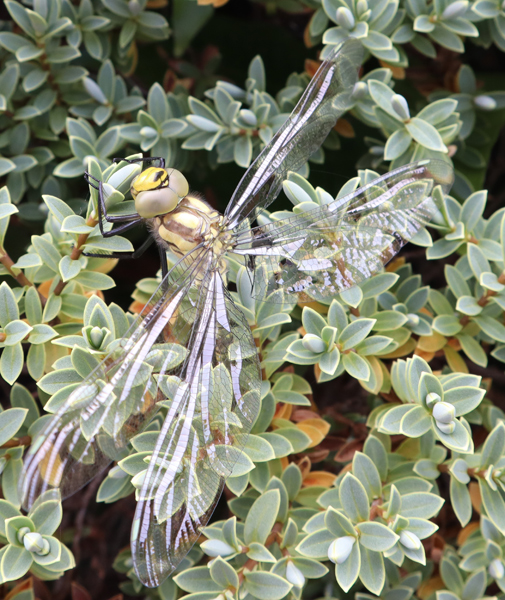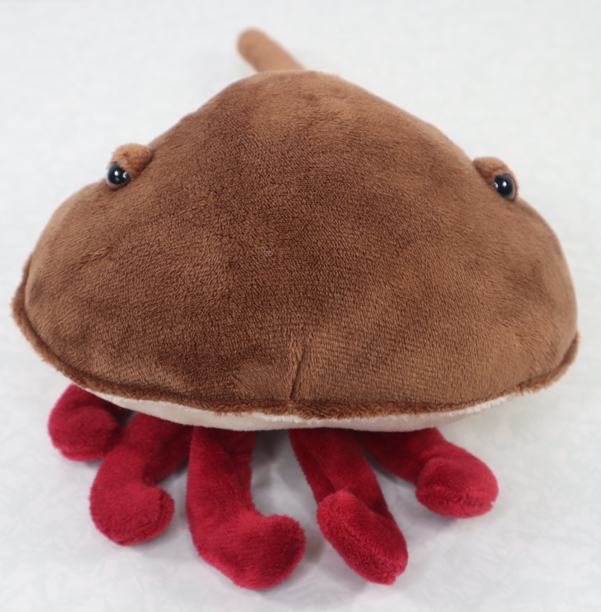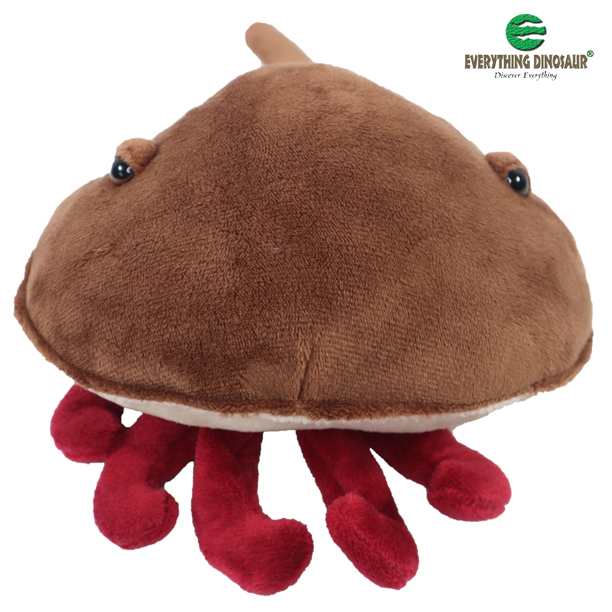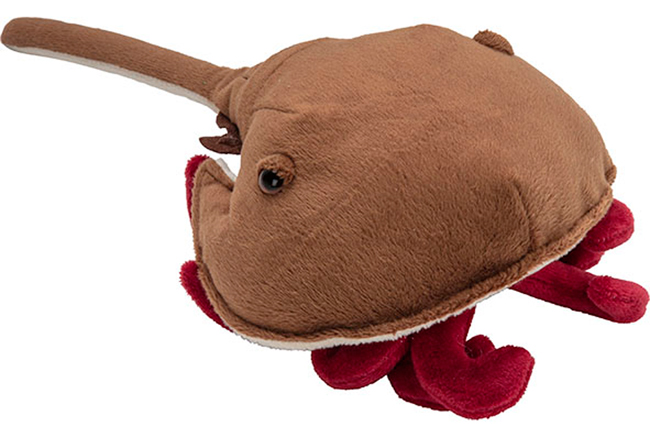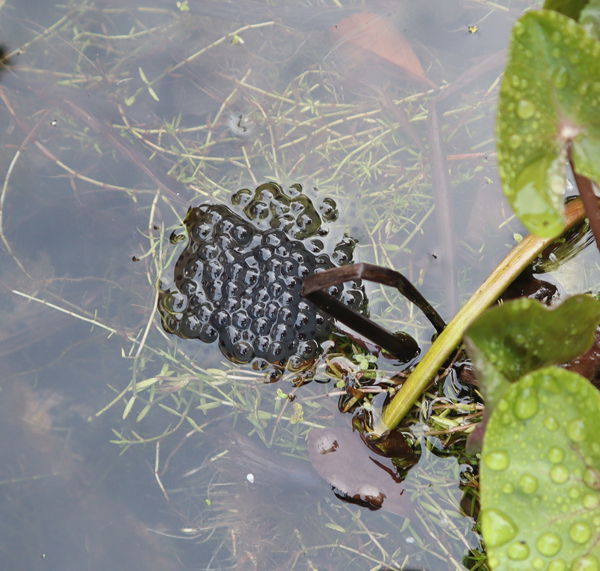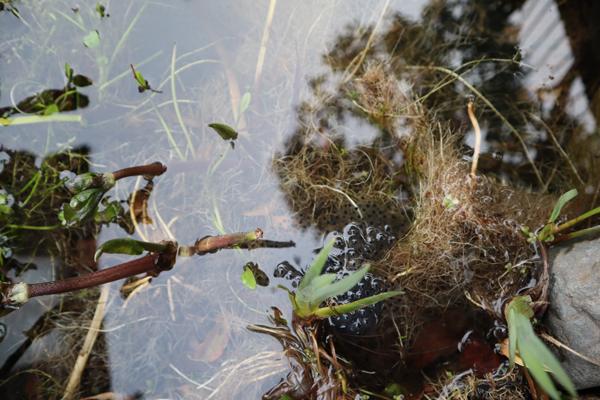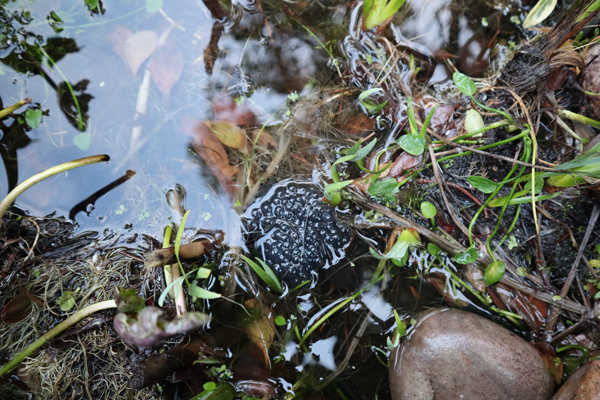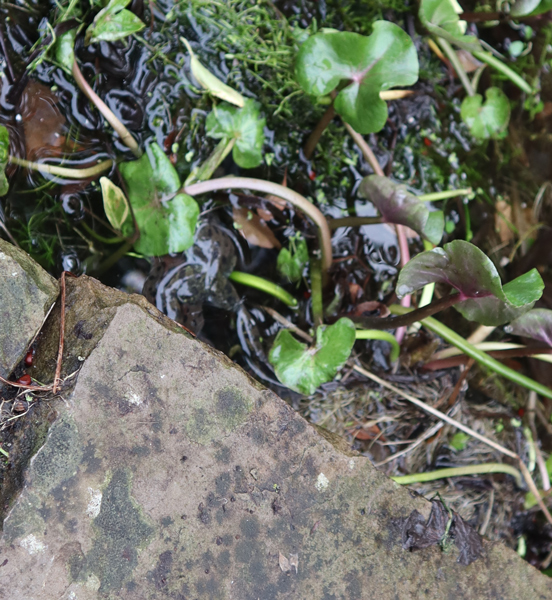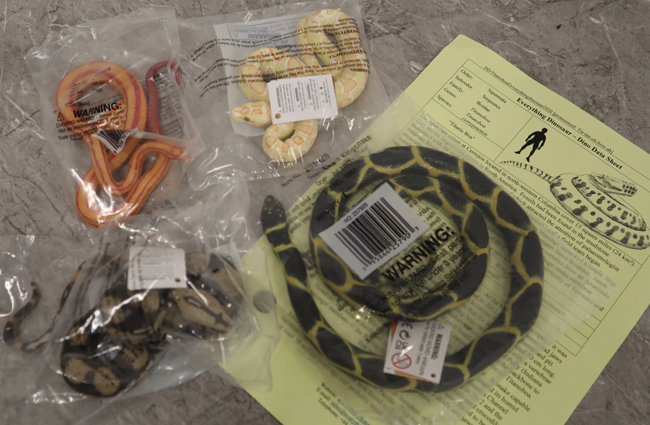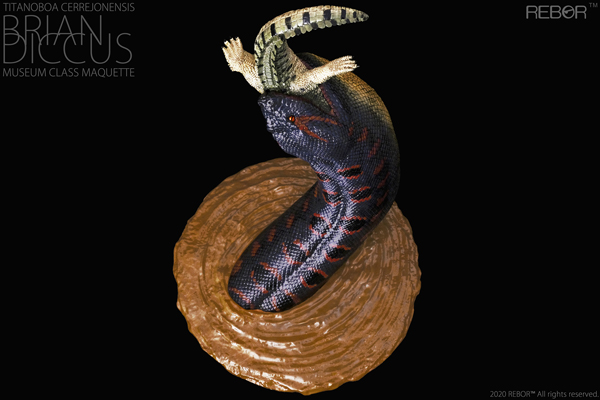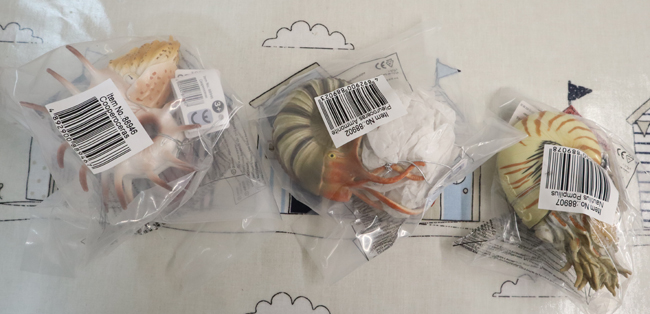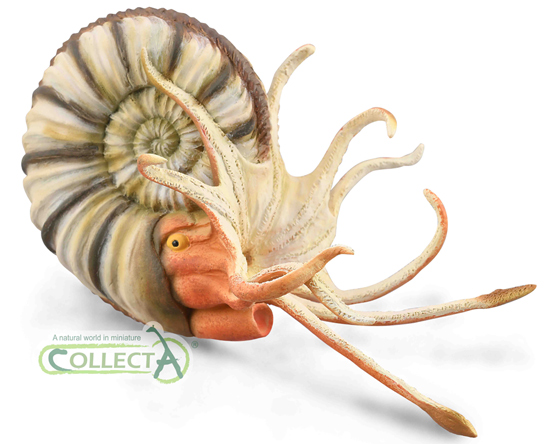News stories and articles that do not necessarily feature extinct animals.
Goose Meets a Dinosaur a Unique Encounter
A goose meets a dinosaur! Our thanks to dinosaur fan and model collector Jessica who sent into Everything Dinosaur some photographs of her recently acquired Papo Compsognathus dinosaur model. The Compsognathus was photographed being studied by her pet geese.
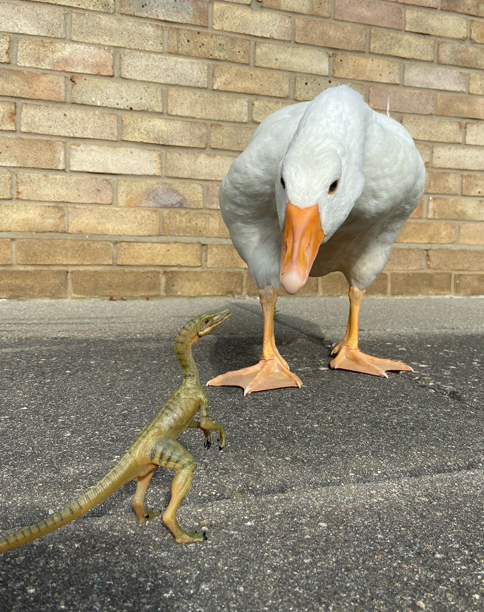
Three Theropods Together
Ducks and geese are members of the Anseriformes, an ancient Order of birds that probably originated in the Late Cretaceous. Waterfowl would have co-existed alongside non-avian dinosaurs and pterosaurs. The earliest Cretaceous anseriform known to science is Vegavis (V. iaai). Its fossils come from the Late Cretaceous (Maastrichtian faunal stage) of Antarctica. A study published in 2017 postulated that just like modern geese, Vegavis probably honked!
To read a blog post on the Vegavis vocalisation research: Ancient Bird Voice Box Sheds Light on the Voices of Dinosaurs.
Anseriforms, like all birds are descended from theropod dinosaurs.
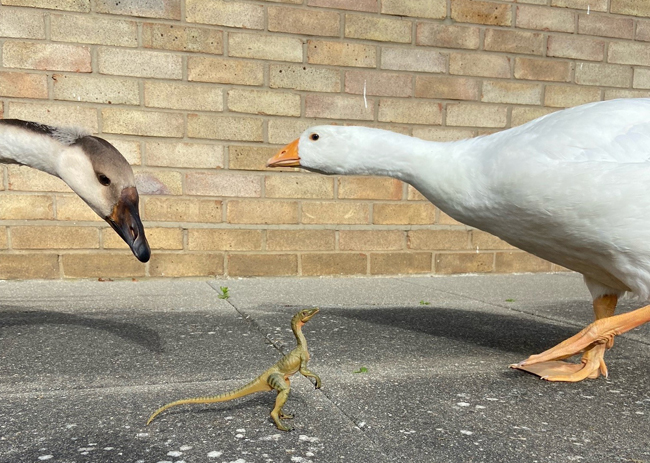
Jessica emailed Everything Dinosaur stating:
“I just received my latest order today and I thought that you might like to see the Papo Compsognathus making friends with some of his distant relatives…”
Goose Meets a Dinosaur
The geese are seven weeks old. They already resemble adult birds. Their rapid growth is a possible ancestral trait passed on by their ancient non-avian dinosaur ancestors.
The birds seem to be very interested in the Papo Compsognathus figure.
Jessica added:
“I think they are possibly the most curious creatures on Earth!”
The Papo Compsognathus figure was introduced to the Papo “Les Dinosaures” range in 2018. It has proved to be a popular model, especially as it resembles the Compsognathus dinosaurs depicted in the film “The Lost World: Jurassic Park”, which was the second instalment of the “Jurassic Park” franchise.
To view the range of Papo prehistoric animal figures in stock at Everything Dinosaur: Papo Dinosaur and Prehistoric Animal Models.
A spokesperson from Everything Dinosaur thanked Jessica for the photographs and commented:
“What delightful photographs! It is always a pleasure to hear from our customers. We wonder what the Compsognathus thought about it all the attention it was getting from these very distant relatives.”


